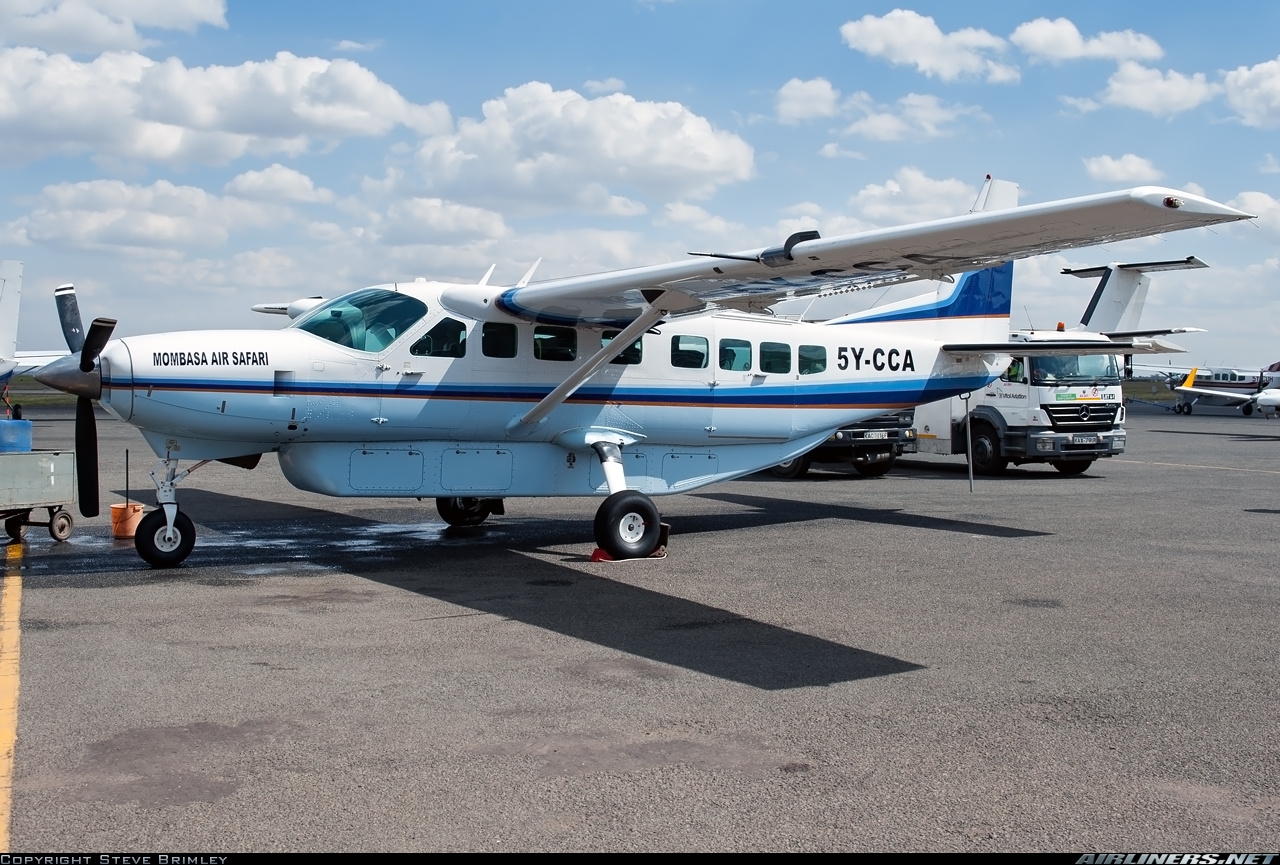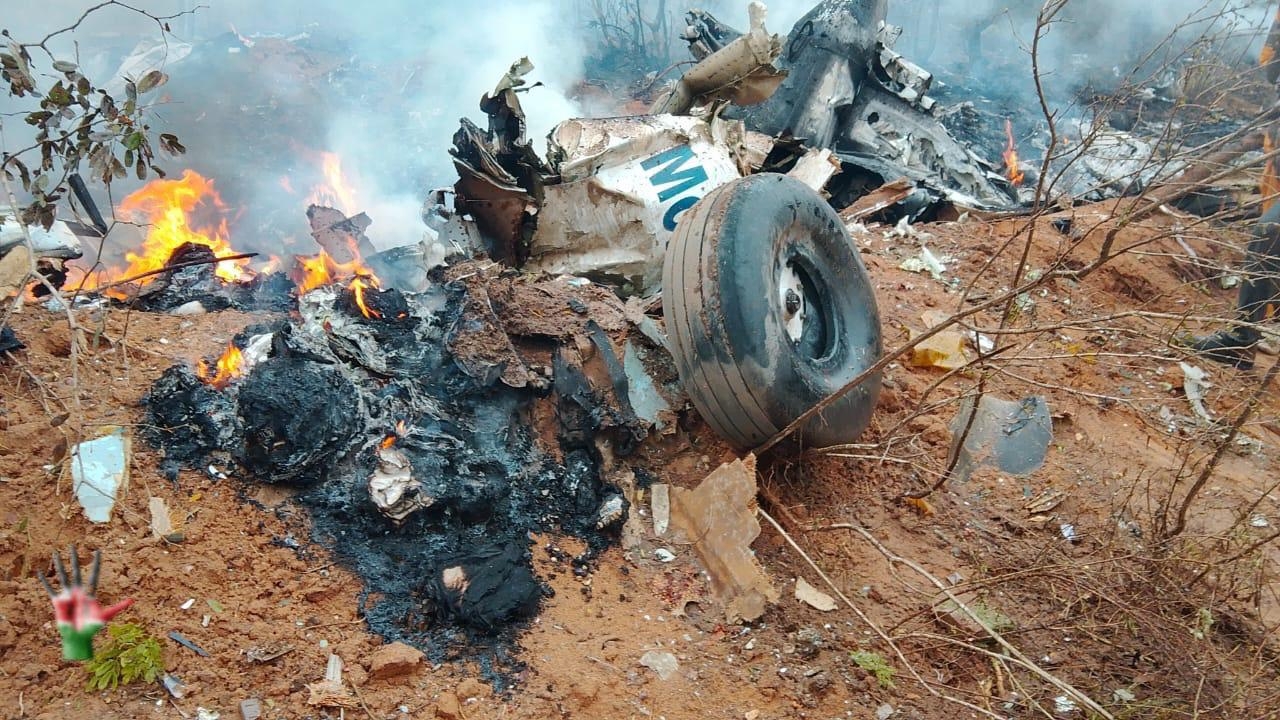A new initiative has been launched to counter the destruction and degradation of natural habitat, which are some of the greatest threats to migratory species.
Launched at UN wildlife meeting in Uzbekistan, the initiative, known as Global Partnership on Ecological Connectivity, will ensure that areas of importance to the species are identified, protected and connected.
The announcement took place on the margins of the 14th meeting of the Conference of the Parties (COP14) to the Convention on the Conservation of Migratory Species of Wild Animals.
Belgium, France, Monaco and Uzbekistan are among the CMS parties participating.
CMS executive secretary Amy Fraenkel said the launch of the new global partnership is a direct and immediate response to some of the key recommendations of the flagship CMS report, 'The State of the World’s Migratory Species', released two days ago at the opening of COP14.
“The report calls for increased actions to identify, protect, connect, and effectively manage important sites for migratory species. This is exactly what this alliance is about, as it will ensure that actions to address ecological connectivity are mobilised around the world,” she said.
GPEC's overarching objective is to ensure that ecological connectivity is maintained, enhanced and restored in places of importance for migratory species of wild animals.
Kenya is endowed with an extraordinary wealth of mammals, birds and other biodiversity.
There is, however, growing evidence of escalating wildlife loss, with a drastic decline of wildlife populations between 1977 and 2013—on average, by 67 per cent.
The decline has been attributed to rapid growth in the human population and associated pressures on resources due to land use change, infrastructure development and poaching.
President William Ruto, through a circular by the Head of Public Service Felix Koskei, directed Nema to stop issuing licences and permits in Kajiado, Machakos (Athi-Kapiti Corridor), Narok, Laikipia, Taita Taveta, and Baringo.
The directive was to stay in force until a conservation policy was in place.
“In a meeting between the President and the wildlife conservation players, land management matters were flagged as some of the issues affecting sustainable wildlife conservation and management,” Koskei said in a letter dated July 24.
In 2016, a Wildlife Corridors and Dispersal Areas report mapped out various wildlife corridors and dispersal areas.
The report, which is yet to be implemented, found that most dispersal areas and corridors have been blocked, causing a spike in human-wildlife conflicts.
Migratory species depend on a network of specific types of sites and habitats during their life cycles and seasonal movements.
While many such sites have been identified, not all are under any form of protection or conservation. Several critical sites are also yet to be identified and mapped.
Migratory species must be able to reach these sites, often located across national boundaries. There are many impediments to their migrations, including from linear infrastructure such as roads, rail and fences, as well as from other types of human activities.
But ecological connectivity is not just relevant to migratory species.
It also plays a major role in addressing effective biodiversity conservation, land restoration and climate change mitigation and adaptation across terrestrial, freshwater and marine ecosystems.
Defined under CMS as “the unimpeded movement of species and the flow of natural processes that sustain life on Earth," ecological connectivity is increasingly recognised as a key global conservation priority.
Led by countries in Central Asia, where the CMS COP14 is being held, the resolution urges all UN member states to enhance international and transboundary cooperation to maintain and enhance the ecological connectivity of transboundary habitats, cross-border protected areas and ecosystems that are either vulnerable, or are part of the migratory range of specific species.
The partnership will focus on four key areas of work: data research and monitoring, policy and legislation. Other are uptake and implementation, awareness-raising and outreach.
It will also seek to mobilise funding to support the implementation of priority actions.











